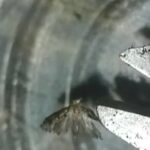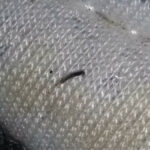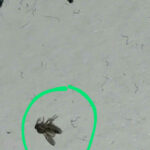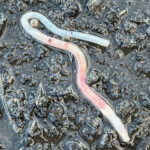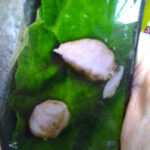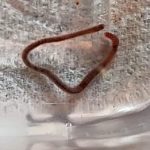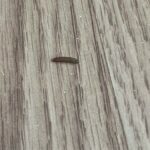Hookworm or “Hook Worm” is an intestinal parasite that can infect humans and animals. The hookworm species most common to humans is Ancylostoma duodenale (an-cy-CLO-sto-ma doe-AH-den-al) and Necator americanus (ne-KAY-tor am-er-i-CON-us). These species can be found around the world, but are primarily found tropical or subtropical climates. In the United States, hookworm can be found in the Southeastern United States. While hookworm can be found in the Southeastern states, it is important to note that the species is very well controlled. This means that it is no longer a common occurrence in the U.S.
If you have a hookworm infection, you may have become infected from direct contact with contaminated soil, possibly by walking barefoot or you may have accidentally swallowed contaminated soil. Feces from an infected person or animal may contaminate soil or “night soil” (commonly used to fertilize crops) can carry hookworm eggs. If the conditions are warm and moist, the eggs will hatch into larvae.
The larvae are not visible to the naked eye. So if you’re walking barefoot through the soil, you will not see the larvae on your feet. According to OptumHealth, “the larvae will bore through the skin and ride through the lymph circulation to the right side of the heart. The larvae are then pumped into the lungs. There they bore into the tiny air sacs (alveoli) of the lungs. Their presence within the lungs usually causes enough irritation to produce coughing. The larvae are coughed up into the throat and mouth, and are then swallowed and passed into the small intestine.” The journey typically takes a week. Once the larvae reach the small intestine, they develop into half-inch-long worms. They attach themselves to hosts intestinal wall and they suck the blood, usually between 0.03-0.2 ml of blood per day. A single adult worm can live for up to 14 years in the infected person’s intestine.
Children have the highest risk of hookworm infection because they play in the dirt and they are barefoot more often than adults. Fortunately, hookworm is not spread person to person.
Symptoms of hookworm include:
Rash
Itching
Anemia
Abdominal Pain
Diarrhea
Loss of Appetite
Tiredness
Difficulty Breathing
Weight Loss
Severe hookworm infections can cause stunted growth and mental development, protein deficiency, and congestive heart failure.
If you think you may have hookworm, contact a physician immediately. The physician will take a stool sample to identify hookworm. Once a diagnosis is made, your physician will prescribe antibiotics to kill the infection. Treatment typically lasts 1-3 days. If you have anemia as a result of hookworm infection, your physician may prescribe iron supplements.
The best way to prevent hookworm is to refrain from walking barefoot in soil. It’s best not to make direct contact with soil using your hands as well. Wash all fruits and vegetables thoroughly remove of any soil residue.
It is important to keep in mind that the vast majority of the more than 1.3 billion hookworm infections reported each year occur in underdeveloped countries. This does not mean that you cannot become infected if you live in say, France or the U.S. It just means that it is less likely to occur in countries such as these.
All About Worms is always free, always reader-supported. Your tips via CashApp, Venmo, or Paypal are appreciated! Receipts will come from ISIPP Publishing.



